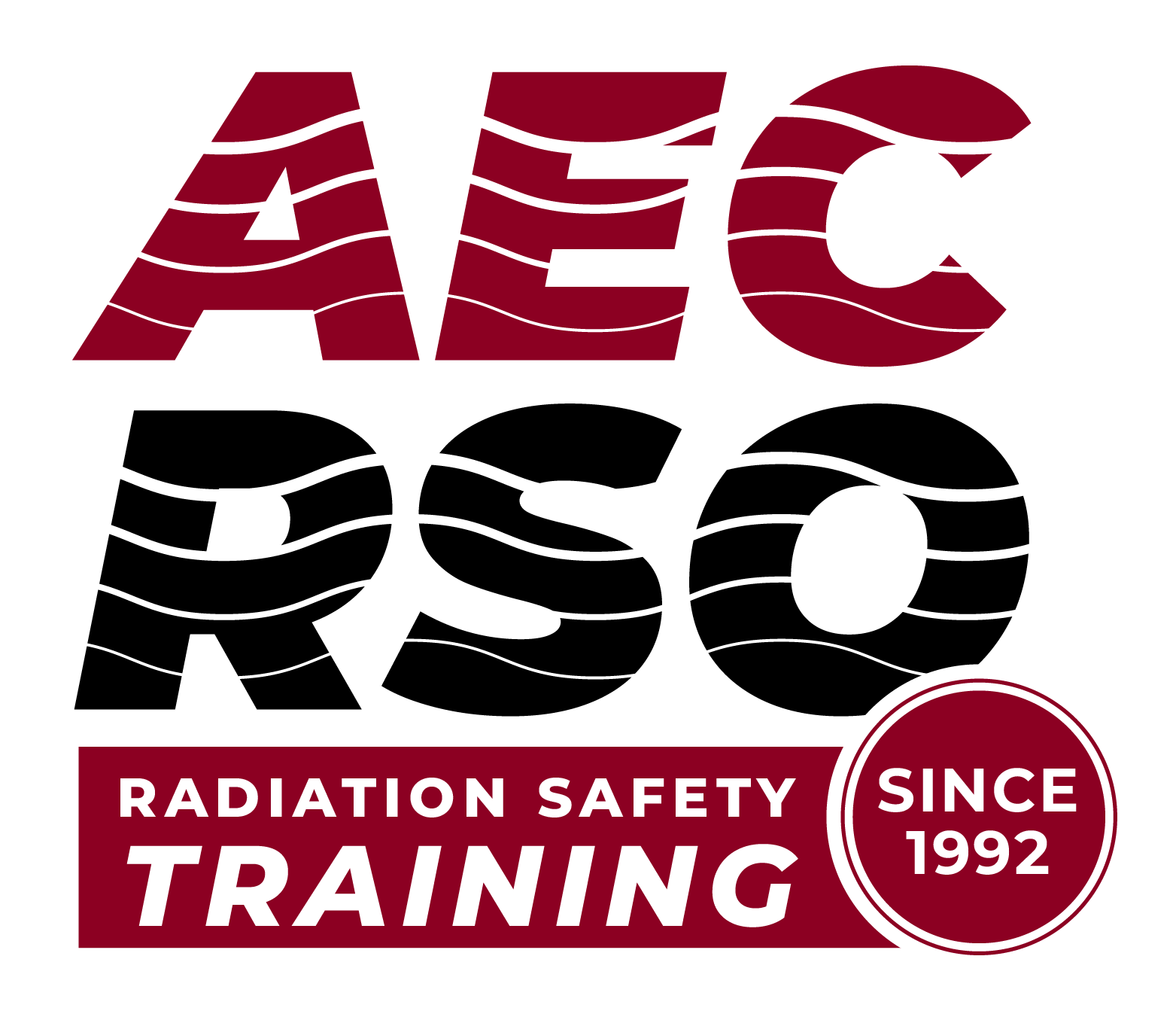TOPIC 1: Fixed Gauges
—
You are now ready for Lesson 12
—
Now we will focus on Fixed and Portable GAUGES. This specialty training plus the Advanced Radiation Safety Officer training that you have completed should qualify you to be a site RSO for licensees with gauges. There are approximately 100 slides in this lesson. At the end, you will have a test of 20 questions in which you will need to make at least an 80%. If you miss a question you will have an opportunity to re-answer the question. Once you have an 80% completion, you will have completed this course and receive a CERTIFICATE of COMPLETION.
Are you ready to proceed? Let’s go….
—
Gauges provide a useful purpose to the industry. It allows many routine operations to occur without the constant vigilance of workers attending valves, switches, or tank cut offs to move large amounts of product through the plant. Or, it can be used portably to determine moisture and density in road beds during construction. A great benefit for gauges is that are non-invasive and non-destructive testing.
—
Let’s explore sources of radiation.
—
Let’s first talk about FIXED GAUGES..
FIXED GAUGES have THREE MAIN parts: Source, Detector and Evaluation Unit
—
The Source contains radioactive material emitting gamma radiation. The gamma radiation should have a sufficient energy to penetrate the mass of the product and the high “Z” material of the containment piping. Having a weak gammas, which can be easily attenuated, would not penetrate slurries or thick pipes.
—
Cs-137 is usually the radioisotope of choice for fixed gauges.
○ Cs-137 has a half-life of 30.1 years. That is sufficiently long enough that the source does not have to be replaced at short intervals. Long before the source decays to an insufficient activity, the gauge housing itself will need to be replaced.
○ Cs-137 decays to barium-137 (Ba-137) which is not radioactive after an isomeric transition emitting the gamma. This is important since additional gamma energies from decay daughters would cause false readings.
○ Cs-137 has a very prominent gamma decay at 662 keV (kilo-electron volts). With this energy, the gamma radiation passes through most product or waste streams used in the industries. However, the energy is not too high as to be difficult to shield.
—
As the name implies, the Source is the holder of the Cs-137. There are a variety of source holders that look different but do the same thing – hold the source. The one major commonality of the source holders is to secure the shutter. The shutter is used to effectively turn the gamma beam on or off by shielding the beam with lead. In the closed position, the shutter can be locked. The rest of the Source housing shields the radioactive source from emitting radiations in unwanted directions to maintain safe conditions for workers.
—
- Sealed source doubly encapsulated in stainless steel
- Installed by the manufacturer only
- Cannot be removed by the licensee
—
Density Measurement is based on the steady emissions of gamma rays from the Source and the absorption of those gamma ray after they pass through the process material.
Absorption of the gamma rays is proportional to changes in material density. Since the distance between the source and the measuring device remains the same, the only thing that can change the gamma rays is the product density.
—
We have seen that radiation is shielded differently using different materials. A quarter inch thick piece of cardboard does not shield gammas as well as a quarter inch thick piece of lead. That’s because a quarter inch of cardboard has less atoms than a quarter inch of lead. The more atoms within the path of a gamma, the more likely it is to impact the atom and lose its energy. After impacting a sufficient number of atoms, the photon has lost all its energy. It has effectively been shielded.
—
The Detector features precise and efficient.
Scintillation crystals to measure the gamma radiation and send a digital signal to the Evaluation Unit. Now that science has created higher crystal. Sensitivities, it allows for the use of lower source activities.
—
With the advent of microprocessors, the Microprocessor‑Based Evaluation Units
allow for:
- Easy calibration and integration
- Single‑point calibration using a known density material – such as water
- Automatic source decay compensation for the decay of the Cs-137
The Evaluation Unit is usually located in the Control room.
—
So what are the advantages of nuclear density gauges?
- All gauges feature contactless, continuous measurement – independent of color, temperature, pressure, viscosity, conductivity or the chemical properties of the product. Only those things that can attenuate a gamma ray are of concern to a density gauge.
- Since they are contactless, they can be attached to the exterior of pipes and tanks. This allows for easier removal, relocation, adjustments, calibrations, cleaning, repairs.
- They can be used different ways. Lets look at a few examples.
—
Review images in lesson.
